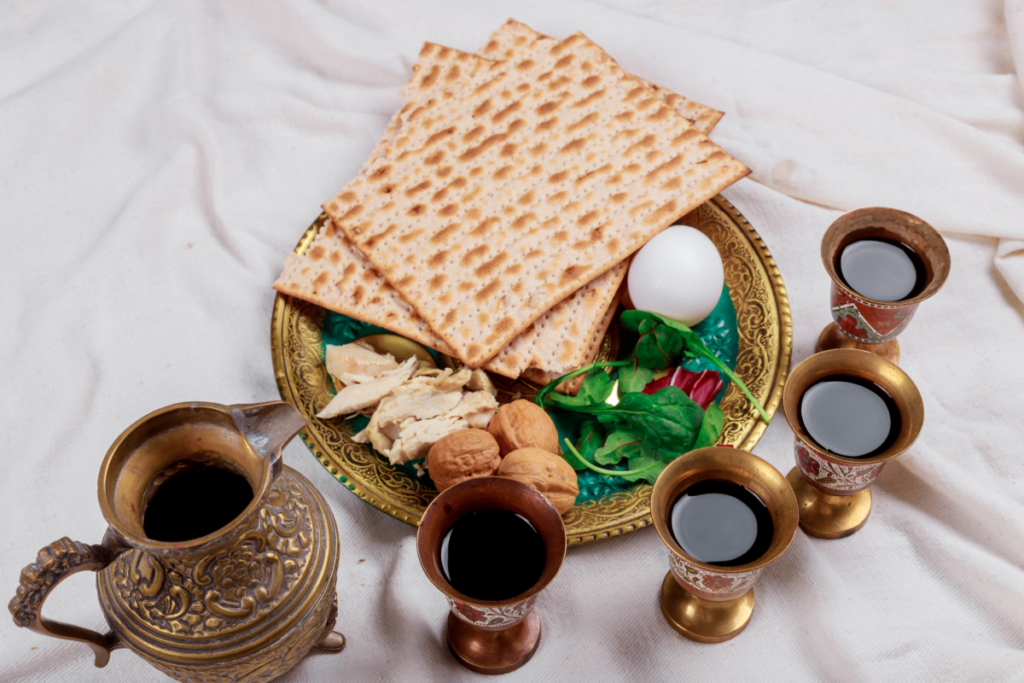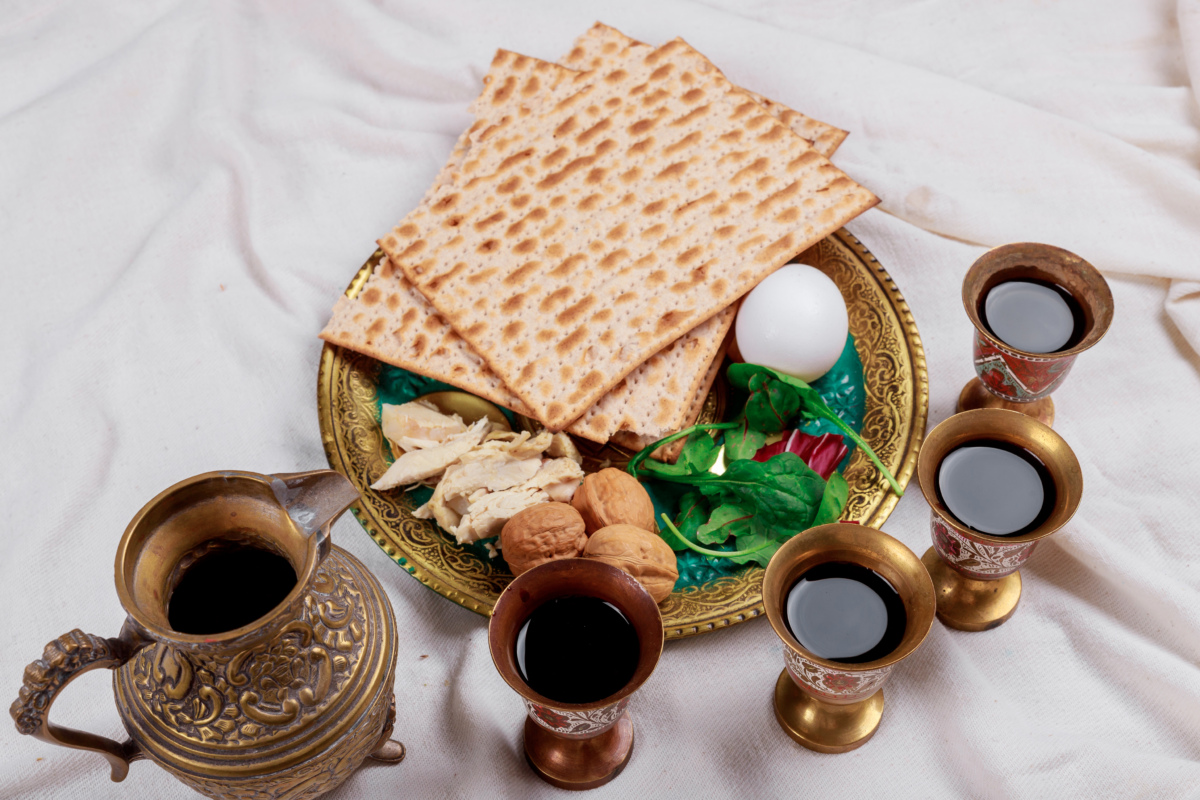
Ordinarily, we’d be in one of the busiest seasons of the year for musicians now. But since we’re not meeting in person, I have some free time to think more broadly about the season.
As I write this, the Jewish celebration of Passover is just beginning. This always occurs around the same time as Easter; this year, they’re about a week apart. This is intentional: the very earliest accounts of Jesus’ life and ministry place the Passion and crucifixion during the week-long Passover feast. Whether or not this is when Jesus was actually crucified, it is important symbolically.
Just as those who told the stories of Jesus’ birth were careful to connect the details of the events to the prophecies in Isaiah, Micah, and elsewhere in the Hebrew bible, there was a deliberate effort to connect other details of Jesus’ life to prophecy and to two important figures from Jewish writings: Elijah and Moses. We have just finished our music study of Mendelssohn’s Elijah, which emphasizes the parallels between Elijah and Jesus. Elijah, the harbinger of the Messiah, plays a central role in the Passover Seder. There is always one empty chair at the table, and its place setting includes a very elaborate cup filled with wine. Both are for Elijah, should he appear, and there is a moment in the modern Seder when everyone pauses in the hopes that Elijah will come. (As a child, I was always convinced that I could see the wine in the glass go down, just a little.)
And of course Moses is central to the Passover story. He leads the Hebrews out of bondage and eventually to the Promised Land. Jesus, too, leads an Exodus from the bondage of death to the Promised Land of resurrection. But the parallels go deeper than that. Like Moses, Jesus is marked early as a leader of the Jews. In both cases, leaders fear the birth of the child and seek to destroy him through mass slaughter: Pharaoh calls for the killing of all Jewish sons. Moses’ mother responds by floating him in the Nile in a basket, where Pharaoh’s daughter finds him and raises him. Herod similarly tries to kill Jesus through the Slaughter of the Innocents, and Joseph takes his family into Egypt to protect them. Even the names of Jesus’ parents evoke the stories of Egyptian bondage. Joseph is named for the first figure in the Bible to be held in Egyptian bondage. Moses’ sister was called Miriam; the Greek version of that name is María, which becomes Mary in English.
The most potent symbolism, however, is in the story of Jesus’ capture and crucifixion. The Gospels of Matthew, Mark, and Luke are explicit: on the night of his capture, Jesus eats the Passover feast with his disciples, reinterpreting the drinking of wine and breaking of bread that are part of the observance into the ritual that will become Communion. Jesus is to be sacrificed, like the lamb of Jewish festivals, to save the people–the shepherd becomes the lamb. Here is the most powerful connection to the Passover story: in a test of their faithfulness, Moses commands the Jews to mark their doorways with a cross from the blood of a lamb. This way, the Angel of Death will know to pass over their houses when the firstborn sons of the Egyptians are killed in the tenth plague; the faithful are saved from death through the sign of the cross in lamb’s blood. Paul makes this connection explicit in 1Corinthians 5:7 when he says that “Christ, our Passover lamb, has been sacrificed.” Jesus willingly gives himself up as a sacrifice–as the Paschal Lamb–so that the faithful may be saved from the bondage of death itself.
Why are these connections important? In the early days of Christianity, they mattered to a Jewish audience that had been taught for generations what to expect when the Messiah came. Each connection between Jesus and his predecessors, Elijah and Moses, helped sincere and faithful Jews to recognize who Jesus was. Today, we may think less about the ways in which Jesus’ life follows the path laid out in prophecy, but the connection to the Passover story is a reminder that we share a common ancestry and worship a God of many names and faces.
~David Schildkret

